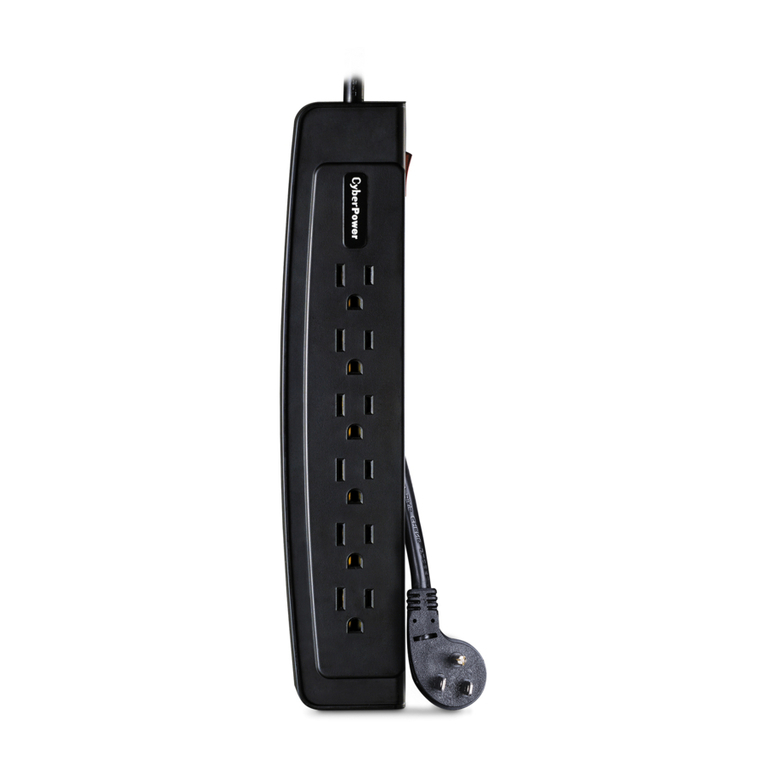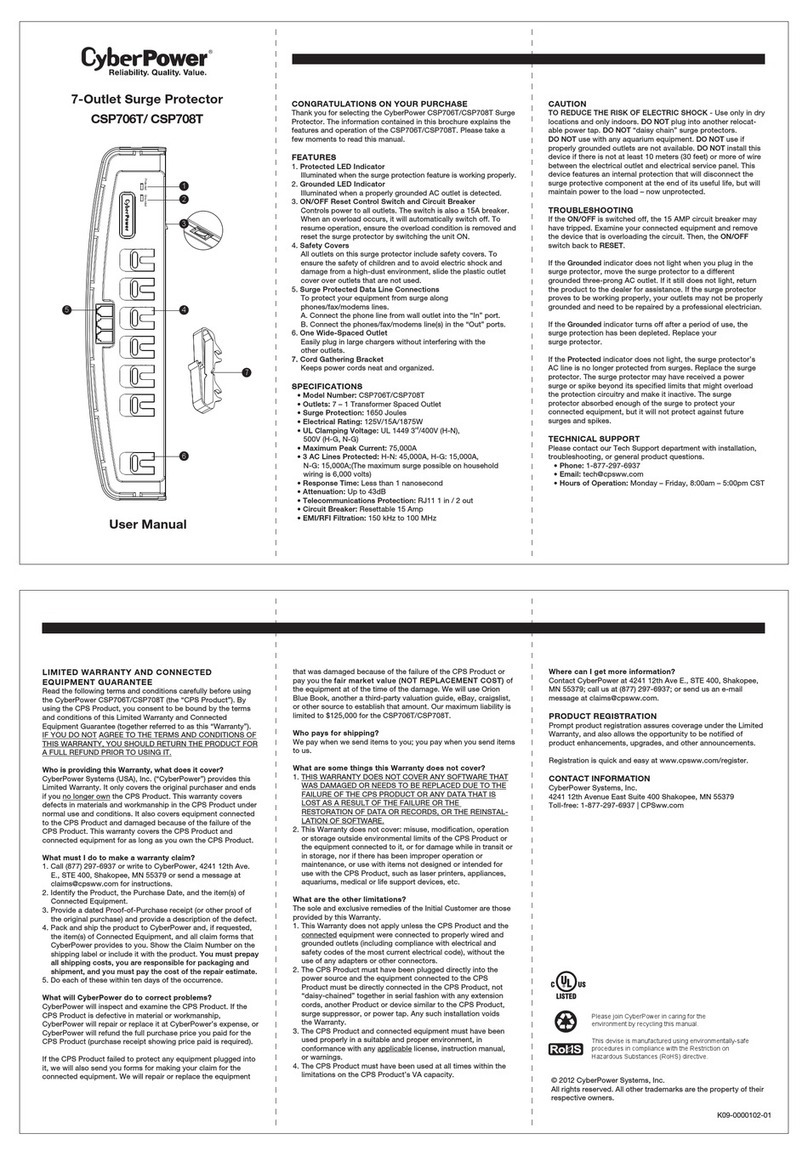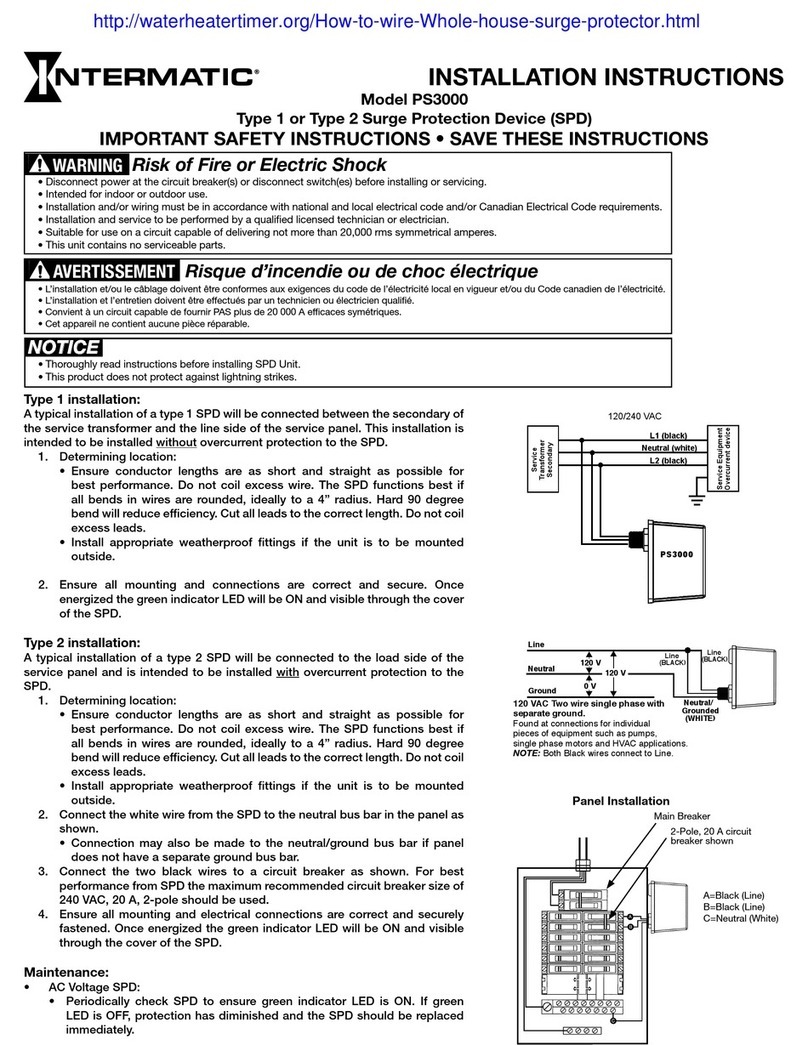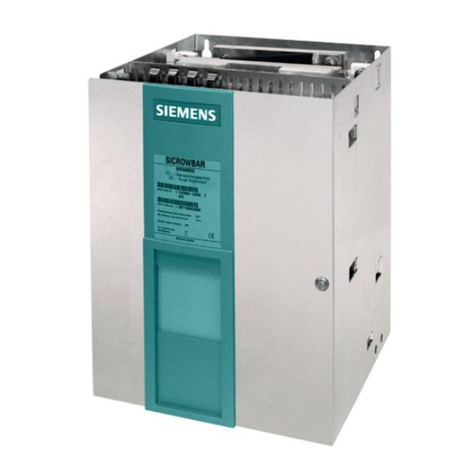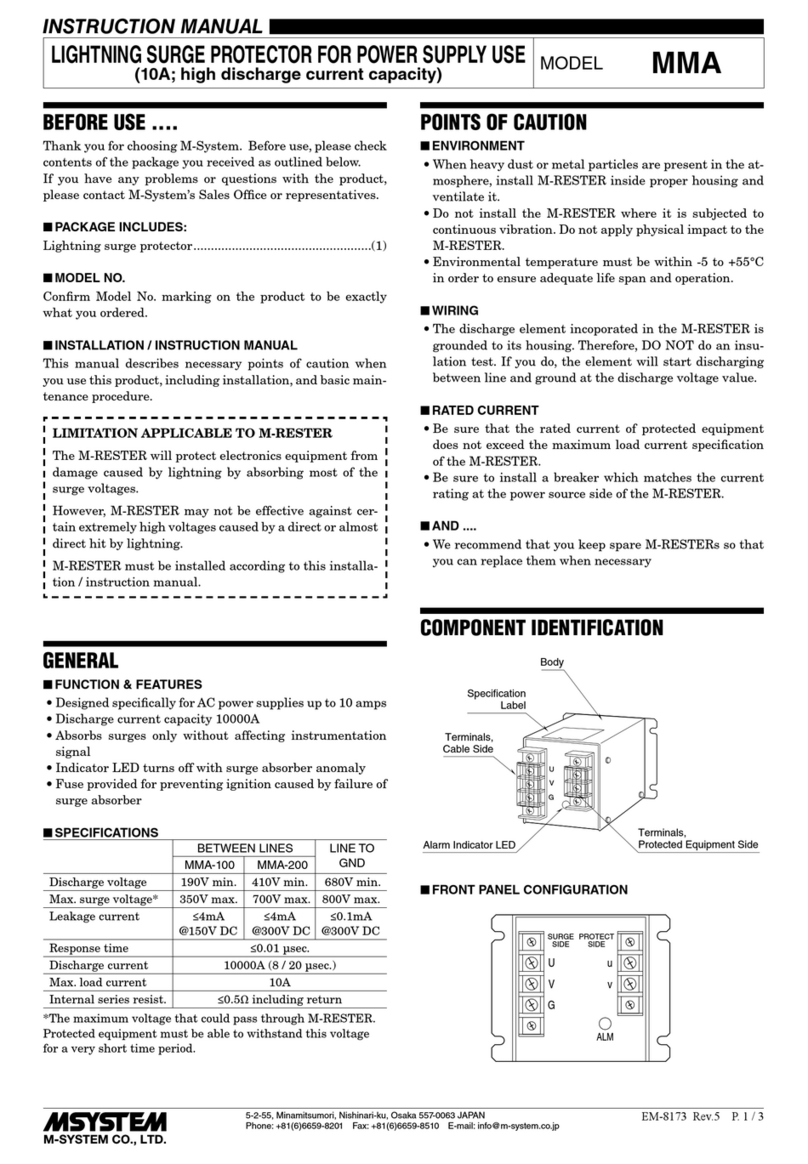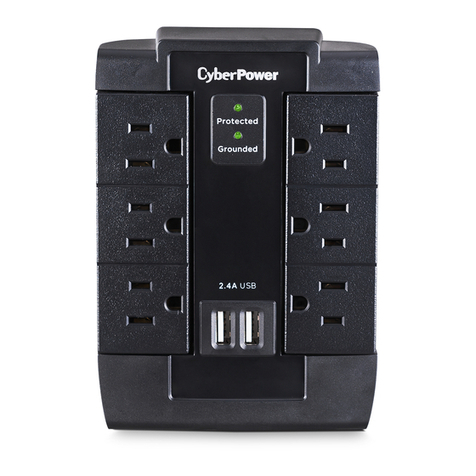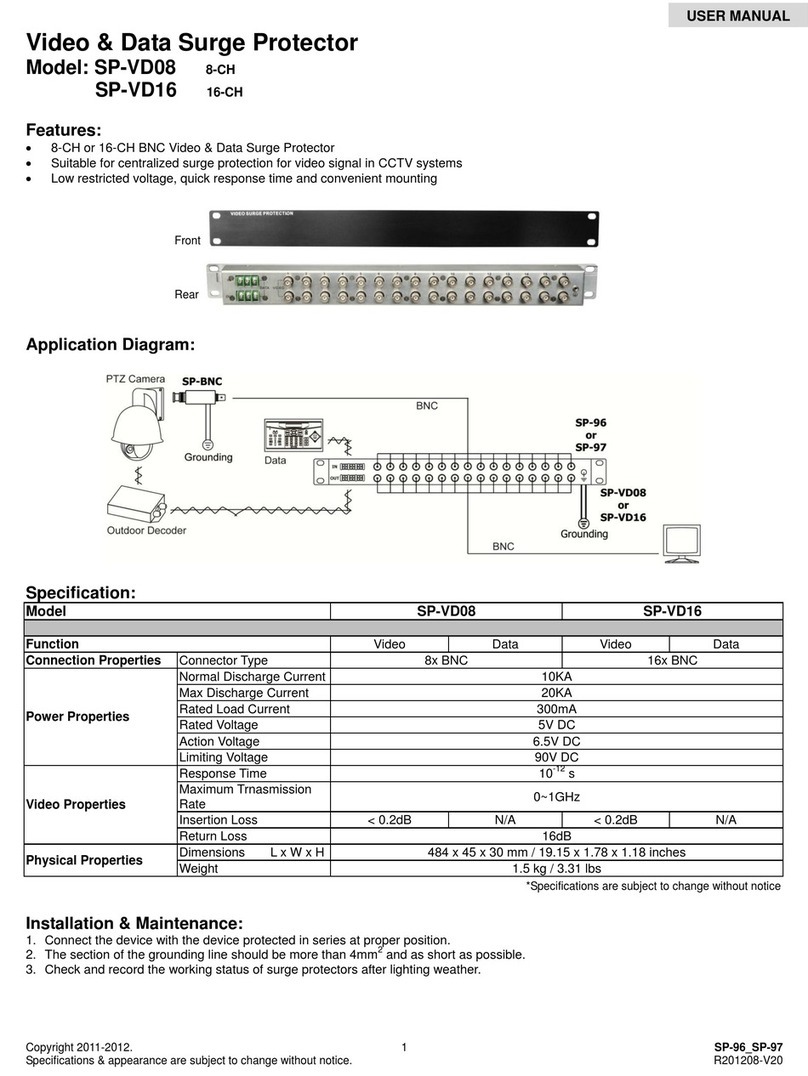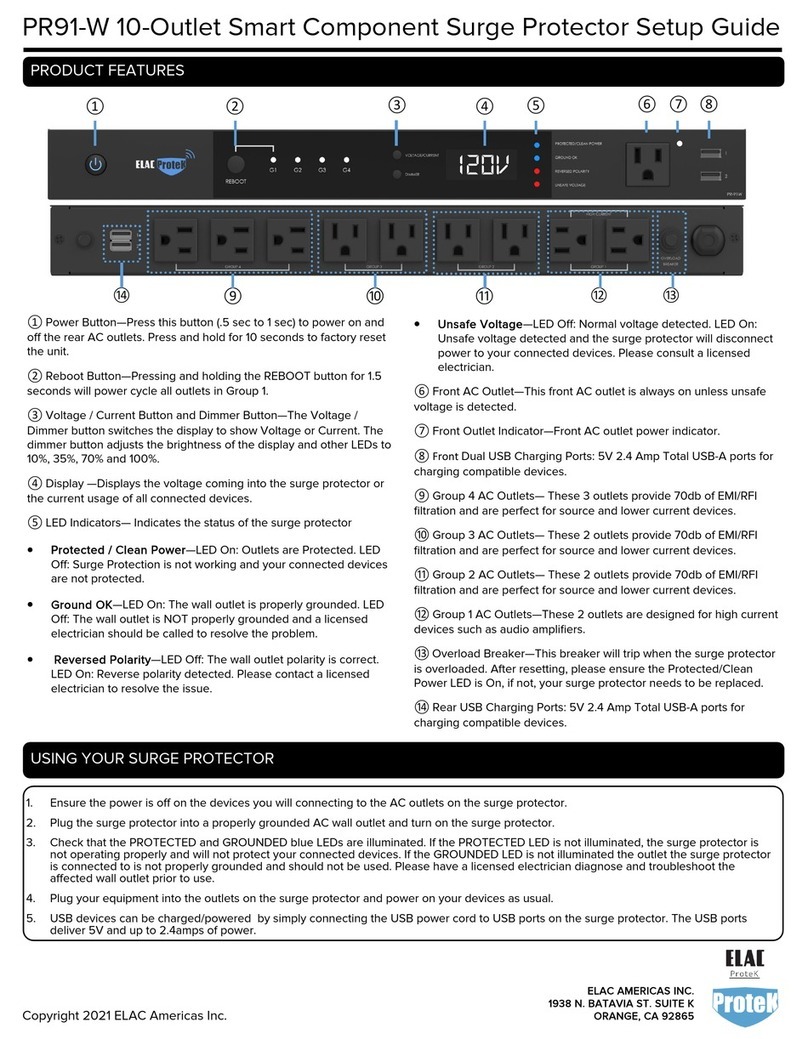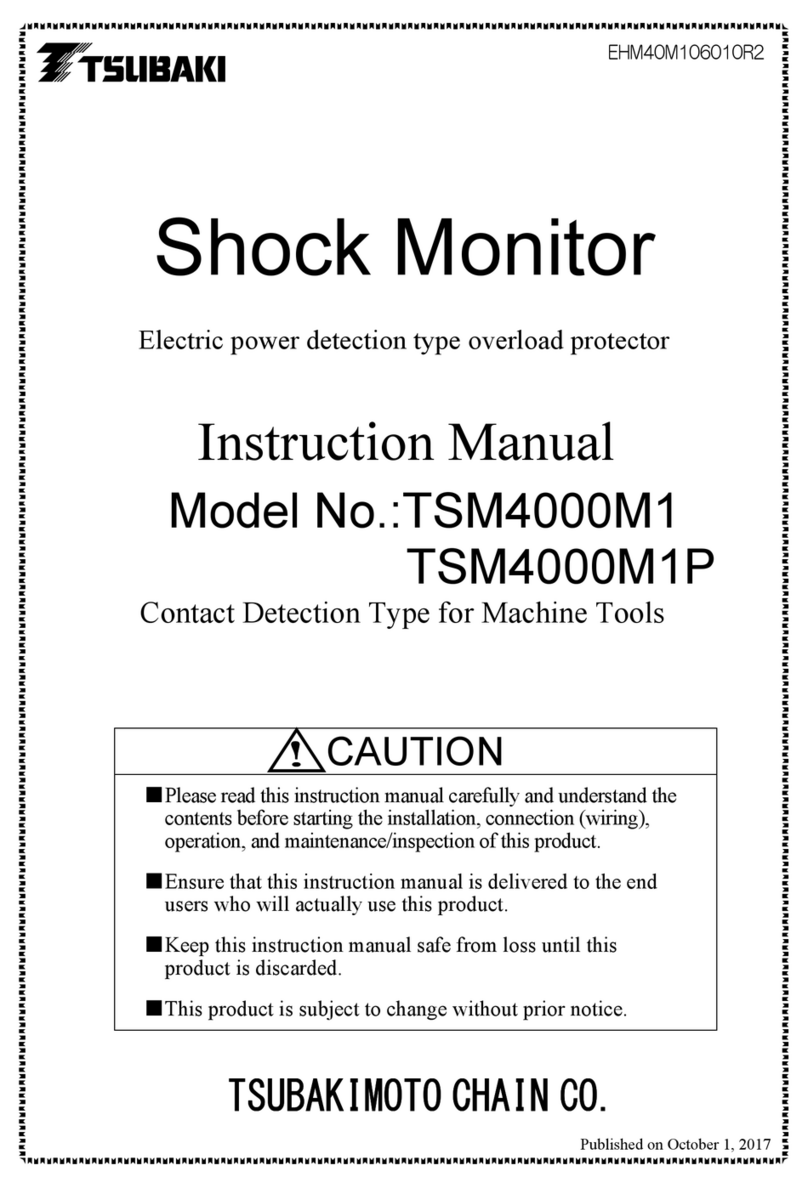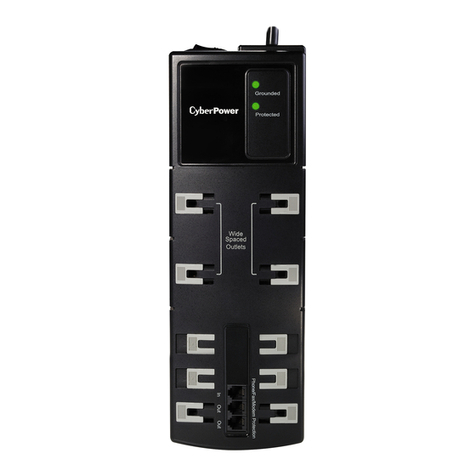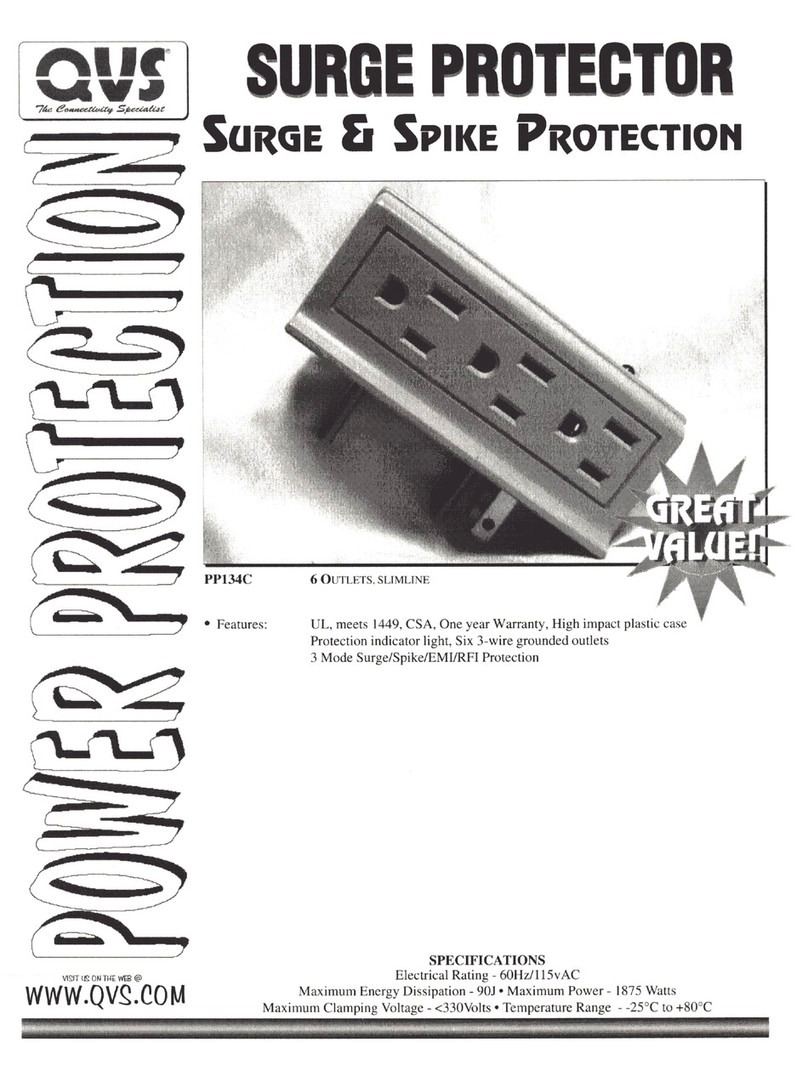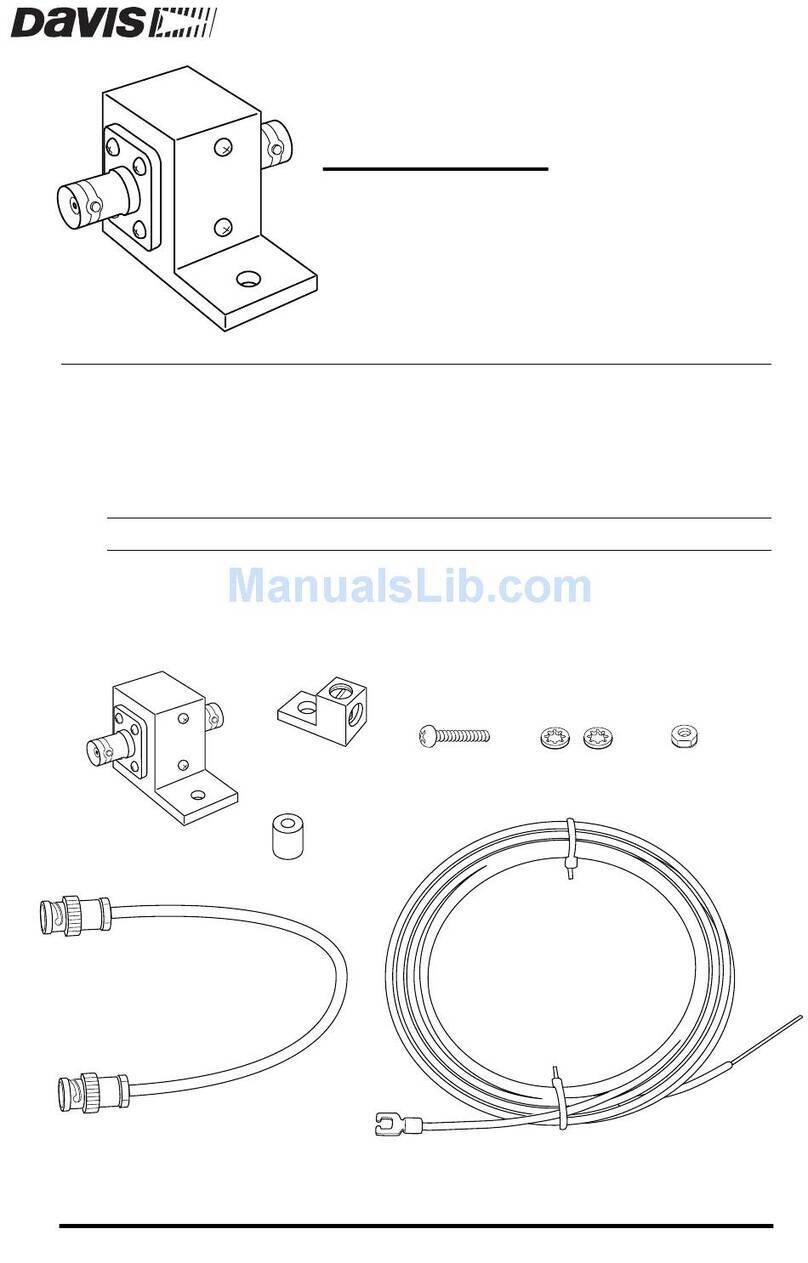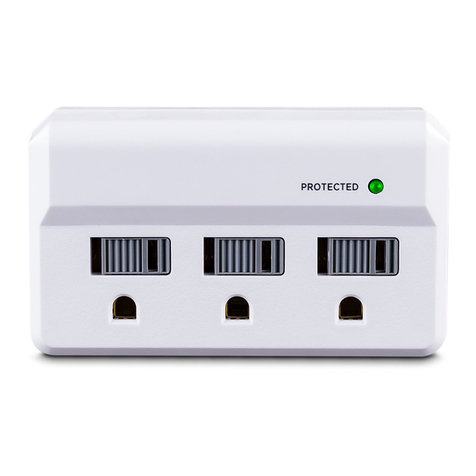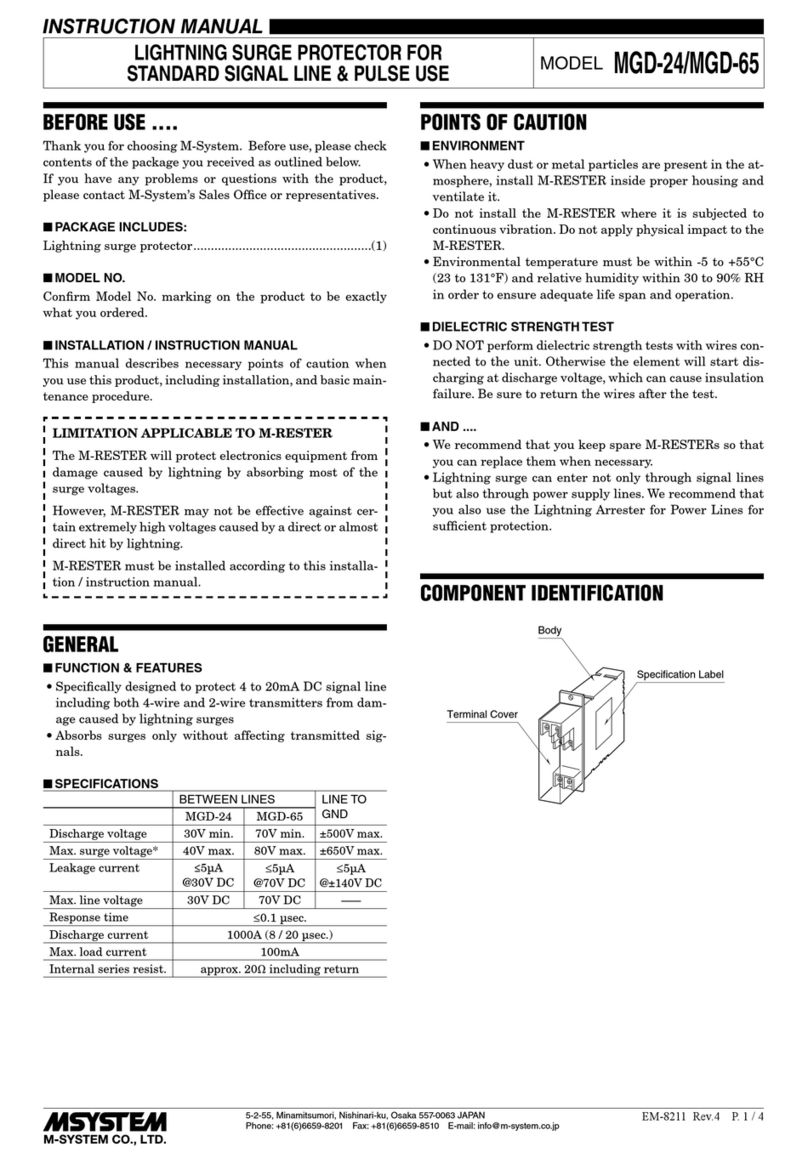
Camtec Power Supplies GmbH – Gewerbestraße 30 – DE76327 Pfinztal – Germany
p.4/6 12.13B
Phone +49(0)721 46596-0 - Fax +49(0)721 46596-77 – www.camtec-gmbh.com - info@camtec-gmbh.com
(Subject to alterations. This product is not designed to be used in applications such as life support systems wherein a failure or malfunction could result in injury or death)
Operation with SPC to safeguard AC-failures:
The signals "Phase-Error" and "Asymmetry-Error" can be used to trigger an external contactor. The installed load will be disconnected if an error occurs. As soon
as the error recovers the installed load will be reconnected to the AC.
(find attached pictures „Phase-Loss &-sequence“ and „Asymmetry, Over-/Low Voltage“. The contactor is always named K2.)
In case of phase loss relay 4 opens
after a delay time of 30ms. Synchro-
nistic the relay of the appropriate
phase opens, too and its green LED
extinguishes. When the phase
sequence is incorrect, relay 4 opens
after a delay time of 30ms.
Error LED
lights red. When the phase
sequence is correct the LED is off and
the relay 4 is closed.
The asymmetry monitoring detects a
voltage difference of the three phases
to each other. This kind of measuring
enables work without the N line (four
wire system). If the voltage of the
measured AC line drops or exceeds
15% of its nominal selected input relay
8 opens 8-10s delayed and the
Asymmetry LED lights red. Measuring
tolerances are ±2%.
Relay 5 to 7
are galvanic insulated via
opto couplers. If L1 to L3 are
operating the relays are closed. If one
phase drops its relay opens and the
message can be used with an active
signal (60V/500mA maximum load
each relay).
Phase Monitoring L1 O.K.:
REL4,5 closed, LED green on
Phase Error LED red off
Phase Monitoring L1 Loss:
REL4,5 open, LED green off
Phase Error LED red on
Asymmetry REL8 remain closed,
LED off
Phase Sequence Monitoring
Sequence o.k.:
L1,L2,L3 o.k. REL4 closed
Phase Error LED red off
Phase Reversal:
L1 failure
L2 o.k.
L3 failure (sum failure)
REL4 open
Phase Error LED red on
Phase Monitoring L2 O.K.:
REL4,6 closed, LED green on
Phase Error LED red off
Phase Monitoring L2 Loss:
REL4,6 open, LED green off
Phase Error LED red on
Asymmetry REL8 remain closed,
LED off
Low Voltage o.k.:
L1,L2,L3 sum o.k.
Asymmetry REL8 closed, LED off
Low Voltage failure (-15% drop):
L1 failure
L2 o.k.
L3 o.k. (but sum failure)
Asymmetry REL8 open, LED on
Overvoltage failure (+15% drop):
L1 failure
L2 o.k.
L3 o.k. (but sum failure)
Asymmetry REL8 open, LED on
Phase Monitoring L3 O.K.:
REL4,7 closed, LED green on
Phase Error LED red off
Phase Monitoring L3 Loss:
REL4,7 open, LED green off
Phase Error LED red on
Asymmetry REL8 remain closed,
LED off

